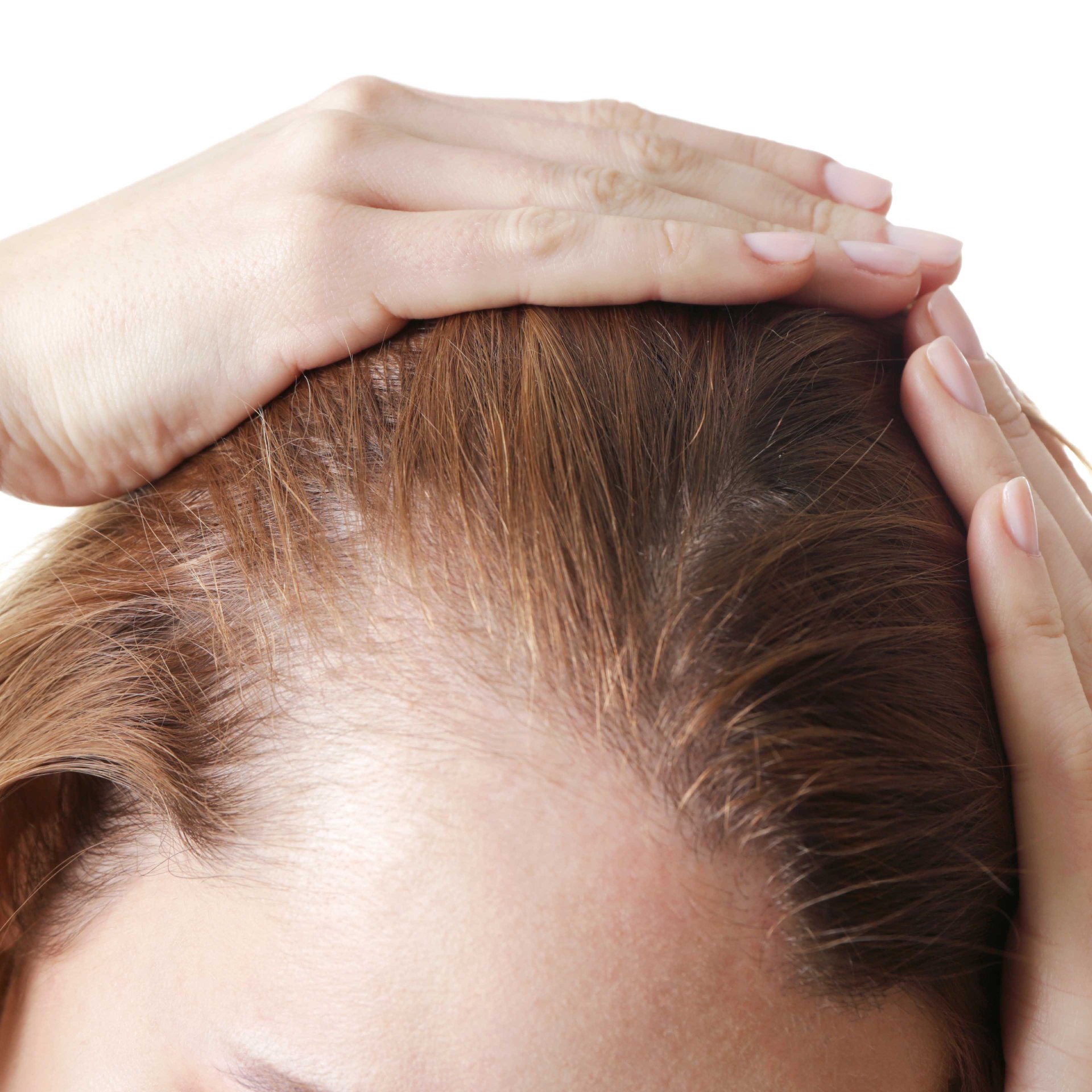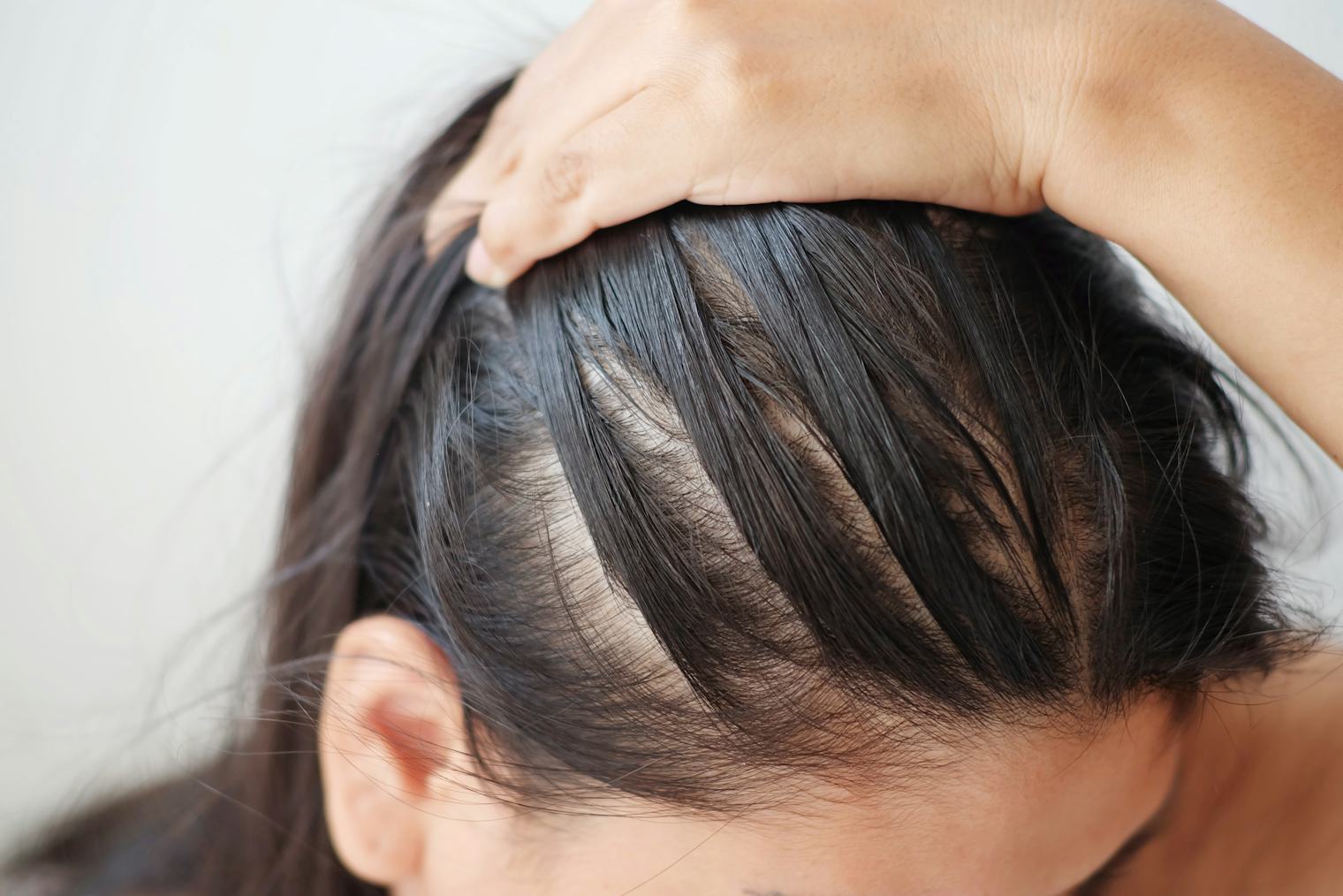
When it comes to hair loss, thinning hair can be a cause for concern for many individuals. Whether you are experiencing a gradual or sudden thinning of your hair, it can be distressing to witness the changes in your appearance. Understanding the causes and potential treatment options for hair loss thinning is essential in finding a suitable solution. In this comprehensive guide, we will explore the key factors behind hair loss thinning, the diagnosis process, treatment options, prevention methods, and frequently asked questions to help you navigate this common condition.
Hair Loss Thinning Symptoms
Widening Part
One of the early signs of hair loss thinning is a widening part. It becomes more visible as the hair follicles weaken and shed hair more frequently.
Receding Hairline
A receding hairline is a common symptom of hair loss thinning, particularly in men. It is characterized by the hairline moving back from the forehead, creating a noticeable change in appearance.
Loose Hair
Finding an increased amount of hair strands on your pillow, clothes, or in the shower drain is another indication of hair loss thinning. Your hair may become weaker and more prone to shedding.
Bald Patches
In some cases, hair loss thinning can lead to the formation of bald patches on the scalp. These patches may expand over time if left untreated.
Clogged Drains
If your drains frequently get clogged with hair, it could be a sign that you are experiencing hair loss thinning. Pay attention to this potential symptom, as it can indicate ongoing hair fall.
Pain or Itching
Although less common, hair loss thinning can sometimes be accompanied by pain or itching on the scalp. If you experience persistent discomfort, it is advisable to consult a healthcare professional.
What Causes Hair Loss Thinning?
Androgenic Alopecia
Androgenic alopecia, also known as male or female pattern baldness, is the most common cause of hair loss thinning. It is primarily caused by hormonal imbalances and genetic factors, resulting in the gradual miniaturization of hair follicles.
Alopecia Areata
Alopecia areata is an autoimmune disorder that causes hair loss in patches or clumps, leading to hair thinning. The immune system mistakenly attacks the hair follicles, triggering excessive shedding.
Anagen Effluvium
Anagen effluvium is a type of hair loss thinning that occurs when hair prematurely enters the telogen (resting) phase of the hair growth cycle. It is often associated with chemotherapy or radiation treatment.
Telogen Effluvium
Telogen effluvium is a temporary form of hair loss thinning that can be triggered by various factors, such as hormonal changes, stress, nutritional deficiencies, or certain medications.
Tinea Capitis
Tinea capitis, commonly known as scalp ringworm, is a fungal infection that can lead to hair loss thinning. It causes redness, scaling, and hair breakage in the affected areas.
Traction Alopecia
Traction alopecia occurs when there is excessive tension placed on the hair follicles, commonly due to tight hairstyles or consistent use of hair extensions. This can result in hair loss and thinning, particularly in the areas under tension.
Photos of Hair Loss Thinning

Visual examples of hair loss thinning can help individuals recognize the different patterns and stages of this condition. These photographs showcase the common symptoms and their severity, enabling better understanding and identification.
How is Hair Loss Thinning Diagnosed?
If you suspect you are experiencing hair loss thinning, it is essential to consult a healthcare professional, such as a dermatologist or trichologist. They will evaluate your medical history, conduct a thorough examination of your scalp and hair, and may run additional tests, such as blood work or a scalp biopsy, to determine the underlying cause of your hair loss.
Treatment Options for Hair Loss Thinning
The appropriate treatment for hair loss thinning depends on the underlying cause and severity. Here are some common treatment options:
Topical or Oral Medications
Medications, such as minoxidil and finasteride, can help slow down hair loss and promote regrowth in certain individuals. These medications may require long-term use to maintain results.
Hair Transplant Surgery
Hair transplant surgery involves surgically transferring hair follicles from the donor areas to the thinning or balding areas. This procedure can provide a more permanent solution for hair loss thinning in suitable candidates.
Lifestyle Changes
Adopting a healthy lifestyle can support hair health and potentially slow down hair loss thinning. This includes maintaining a balanced diet, managing stress levels, avoiding tight hairstyles, limiting heat and chemical styling, and protecting the hair from excessive sun exposure.
How Can I Prevent Hair Loss Thinning?
While not all causes of hair loss thinning can be prevented, there are certain measures you can take to support hair health and minimize the risk of further thinning:
1. Eat a balanced diet rich in essential nutrients for hair growth, such as vitamins A, C, and E, biotin, iron, and zinc.
2. Avoid excessive heat styling and chemical treatments that can weaken the hair shaft.
3. Minimize stress through relaxation techniques, exercise, and adequate sleep.
4. Be gentle when handling wet hair to prevent breakage.
5. Avoid hairstyles that pull on the hairline or cause tension on the scalp.
When to See a Doctor About Hair Loss Thinning
If you are concerned about hair loss thinning, it is recommended to consult a healthcare professional who specializes in hair loss and scalp disorders. They can evaluate your specific situation, diagnose any underlying conditions, and provide appropriate guidance and treatment options.
Frequently Asked Questions about Hair Loss Thinning
Which vitamin can help with hair loss?
Vitamin biotin, also known as vitamin B7, has shown to support hair health and growth. It is commonly found in foods like eggs, nuts, and avocados.
What illness causes hair loss?
Several illnesses or medical conditions can cause hair loss thinning. These include thyroid disorders, autoimmune diseases, nutritional deficiencies, and certain types of cancer.
Is it possible to stop hair loss indefinitely?
While some forms of hair loss thinning can be successfully treated or managed, others may be more challenging to prevent or stop indefinitely. Understanding the underlying cause and seeking appropriate treatment can potentially slow down or halt hair loss in certain cases.
Conclusion
As hair loss thinning can be a distressing experience, it is important to approach it with knowledge and understanding. By recognizing the symptoms, understanding the causes, and exploring the various treatment options available, you can make informed decisions about managing your hair loss. Remember, consulting a healthcare professional is crucial to diagnose the underlying cause and develop a personalized treatment plan. Take steps towards supporting your hair health and consider exploring other articles on our platform to enhance your knowledge and find additional resources for dealing with hair loss thinning.